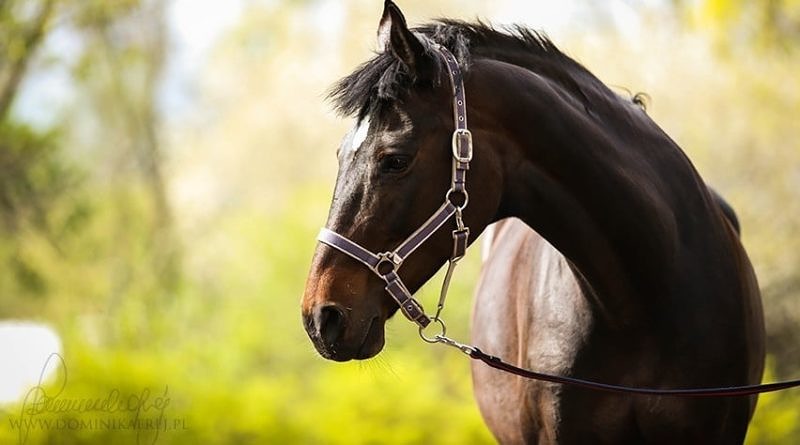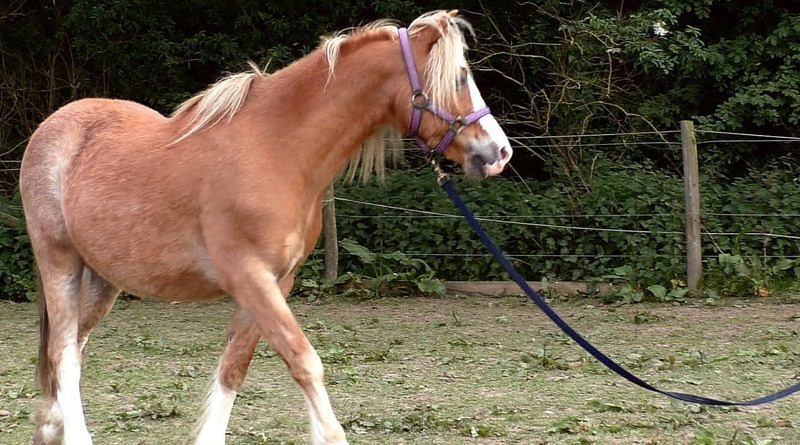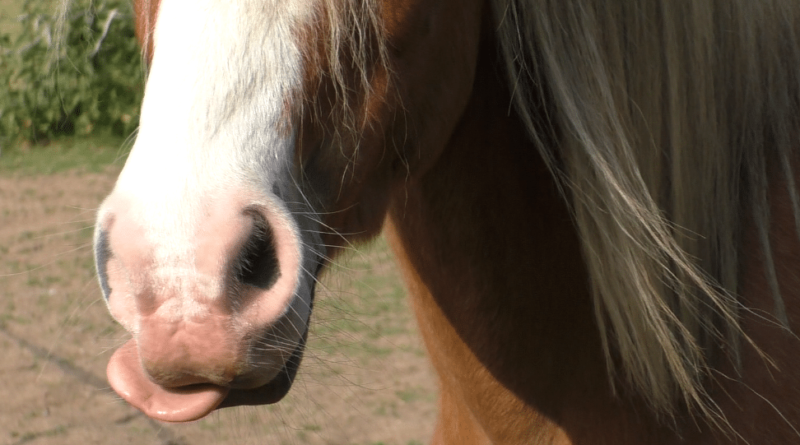The “Lunging” Thing – what is it for?
Lunging looks easy but relies on constant communication between horse and handler. Learning to take part in this ‘conversation’ is key.
Lunging is a wonderful training tool and there are many ways to do it. Lunging looks easy but there are a lot of subtle signals constantly sent from the horse to the handler and back again. Learning to be able to engage in this ‘conversation’ is where lunging really comes into its own as a training tool not only for the horse – but for the trainer.
What is lunging?
To the untrained eye, lunging looks like getting a horse to move around you in a circle while you do nothing. But it’s a lot more than that!
Lunging can be made to look pretty complicated, with countless training aids and gadgets available on the market for the purpose of making lunging a more useful experience. Whether any of these are beneficial is controversial and a topic for a different article. But the simplest of lunging can be done with just a headcollar and leadrope.
A longer leadrope is preferable for a younger horse, or one not used to exercises in a small space, to avoid strain and because the horse will be less balanced. You can also buy a specially-made lunge line. I would certainly recommend this when learning to lunge for the first time – coupled with a pair of gloves.
You will likely have been told, if you were ever taught how to lunge, about the neat triangle shape you should form with your horse, whip and lungline. You should stand facing your horse’s side. The hand that is at the head end of your horse should hold the line connecting to the horse’s headcollar. The slack should go in your other hand, which should also keep hold of your lunging whip. As you send the horse on around you, you should try to maintain this triangle.
This is perfectly good technique. But what I’ve found in teaching people to lunge is that it is also a very inadequate description of what is actually going on!
Communication
Lunging is all about communication. It is all about you and your horse learning each other’s language. When you have a horse on the lunge line, you can see it clearly and it can see you – and of course, body language is a horse’s primary means of interpreting what you want. As well as seeing you, it can hear you and it can feel you through the lunge line. These are all crucial.
Lunging involves signalling clearly to a horse what you want it to do. But it doesn’t stop there. Depending on the horse’s reaction, you must adjust as well. If your horse complies, you must release all pressure until you see an unwanted change and then re-apply the command in a mild form to encourage continued compliance. If your horse ignores you, you must find ways to motivate it to act otherwise (and this does not mean thrashing the horse with a lunging whip!). Ideally, your horse should grow into a willing partner.
Lunging is not about standing still and teaching your horse to run around you. That may work for releasing pent up energy, but it is useless for teaching new things or tackling problems – and lunging really is a powerful tool for solving many varied behavioural and ridden issues you might encounter.
The horse should never be running around you in a craze at the flick of a whip because it is scared and you should not be passively standing at the centre either. For lunging to be productive, you have to be working too and you and your horse should be having a constant conversation.
Why Lunge?
Lunging is all about communicating your desires to your horse. At the same time, the horse also needs to learn what you are asking because you don’t start out knowing each other’s language. You both need to start to read each other, and you need to explain what it is you want in such a way that your horse is confident it knows what you are asking and can choose to do as you request.
What you should aim for is a horse that is focused on you and willingly takes its cues from you – not a horse that needs to guess what you’re after in the hope of avoiding the end of your whip.
When you ask for a change in gait or within the gait, the horse should know what you are asking. If it ignores your signals, you can motivate it with various further signals and reward the horse when it complies so it is more inclined to listen next time. These signals can become more and more subtle with practice and communicate increasingly complex things.
Lunging is powerful. You can take an old horse that has lost all interest in his work and teach him to enjoy it and engage with it once again. Or you can take a youngster who has yet to learn anything much at all and show her the basics before you even put a bit in her mouth.
You can teach a horse to stand, walk, trot and canter, to accept a saddle and bridle, to accept contact… You can stop undesirable behaviours like bucking and rearing. You can teach a horse to jump. You can take it further and teach a horse to make transitions within gaits, perform flying changes, be fearless and trusting. And once your horse can be lunged reliably, you can use it as a tool to let a horse know when it has done something unwanted. You can also be creative with lunging and use it in more challenging ways.

A Note on Long-Reining
Long-reining is a very powerful tool in its own right and one that is especially valuable for teaching younger horses. However, it is not always as effective as lunging when tackling certain behavioural issues and can also, simply, be more dangerous for the handler. In most cases it is perfectly possible to replace lunging with long-reining. Do whatever you are most comfortable with but never cut corners through fear of learning a new approach!







